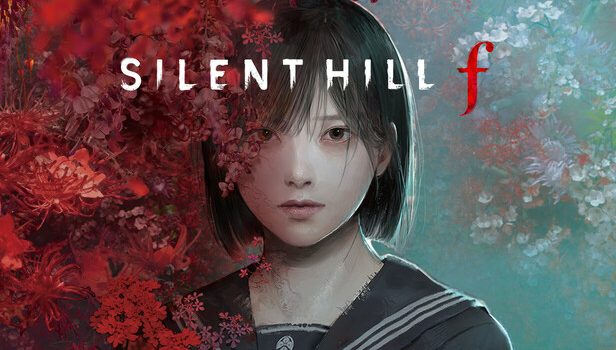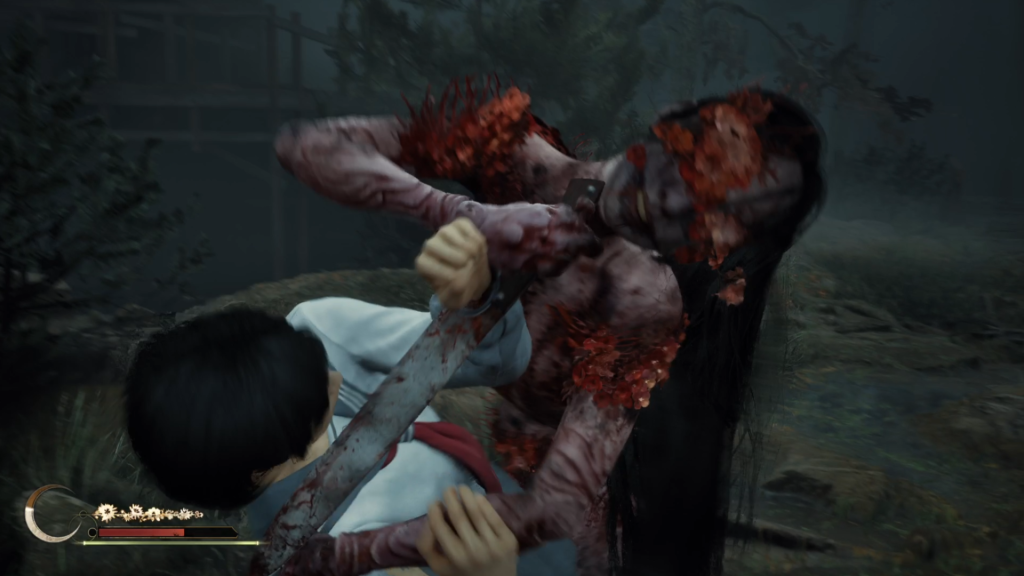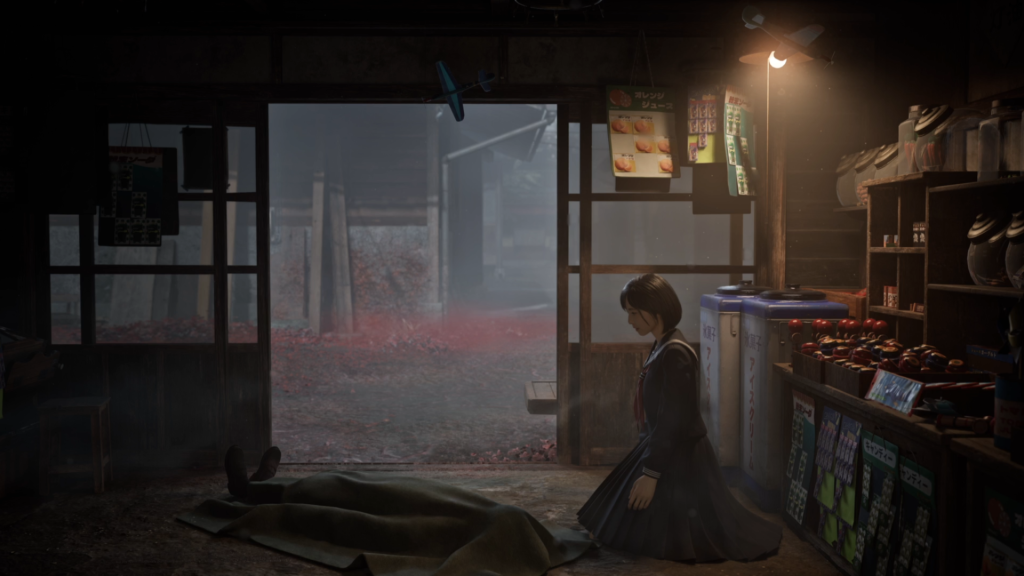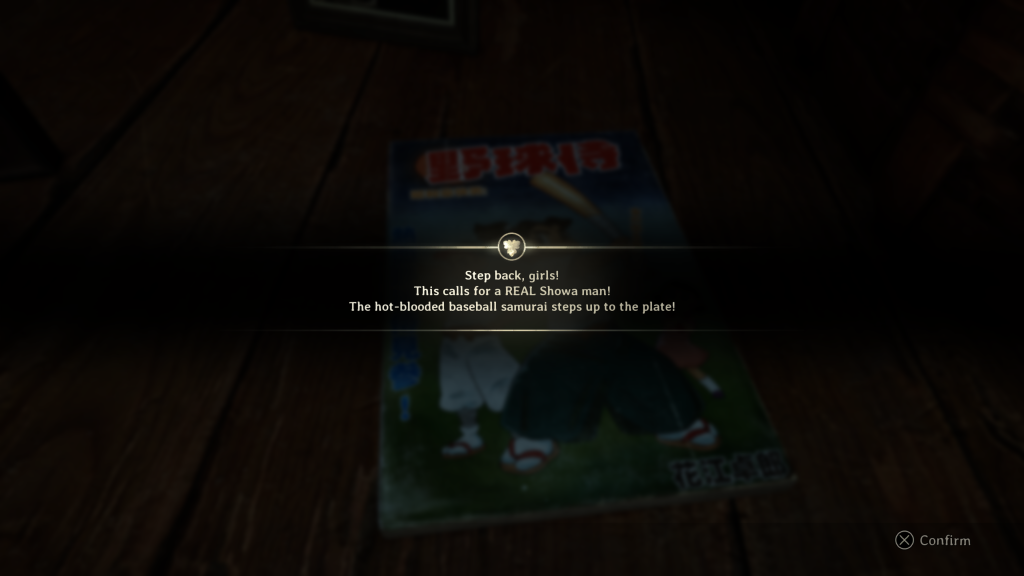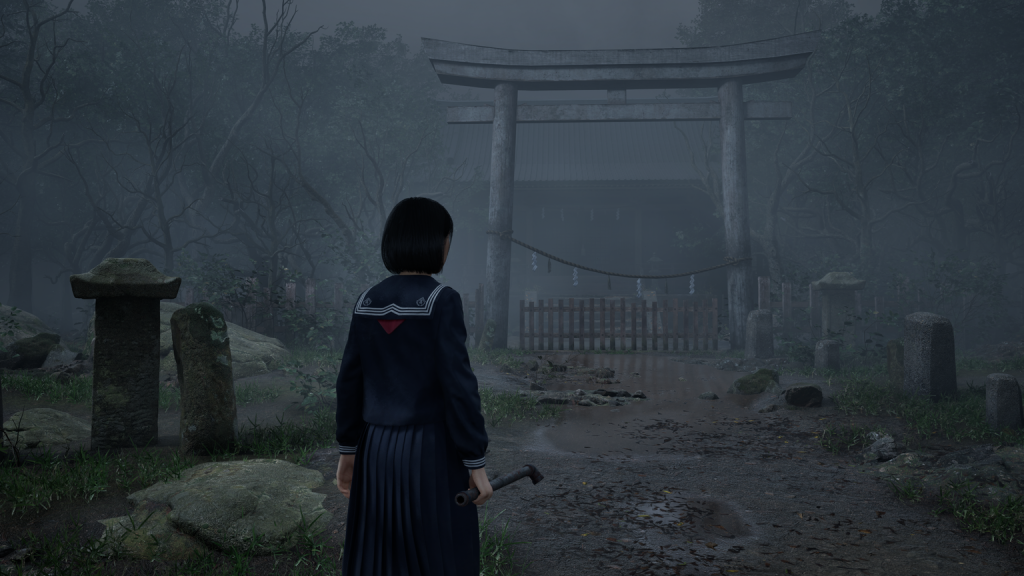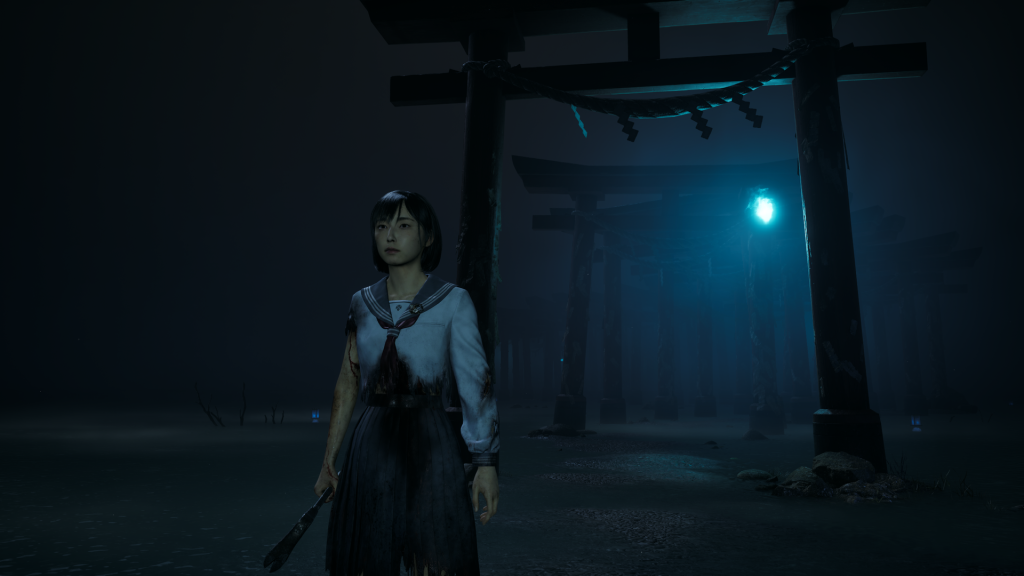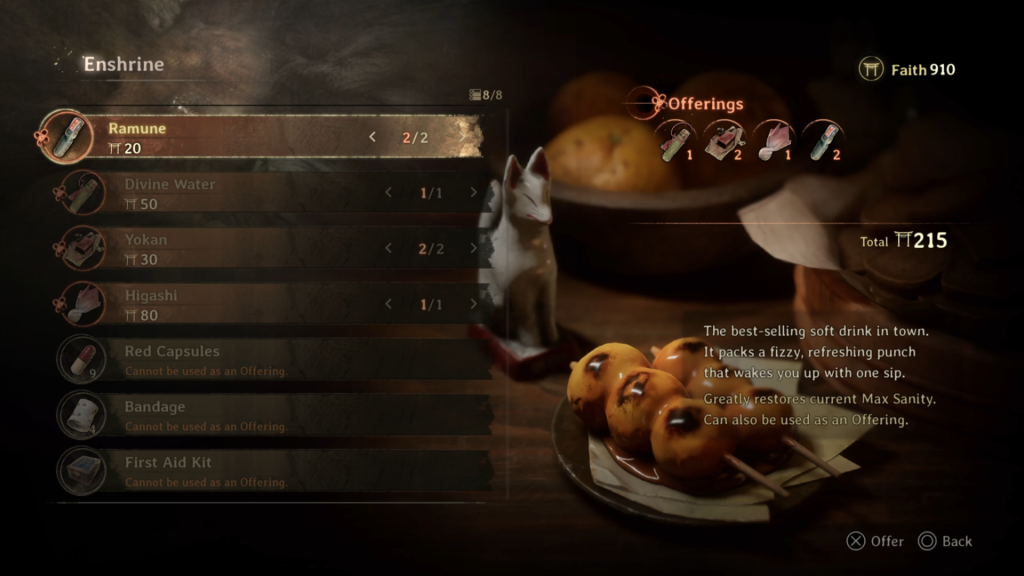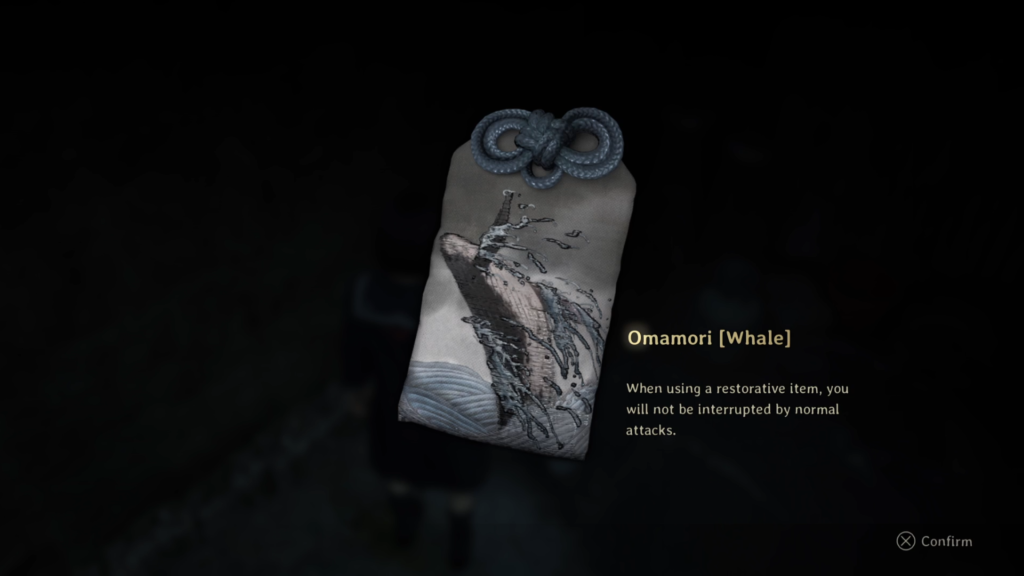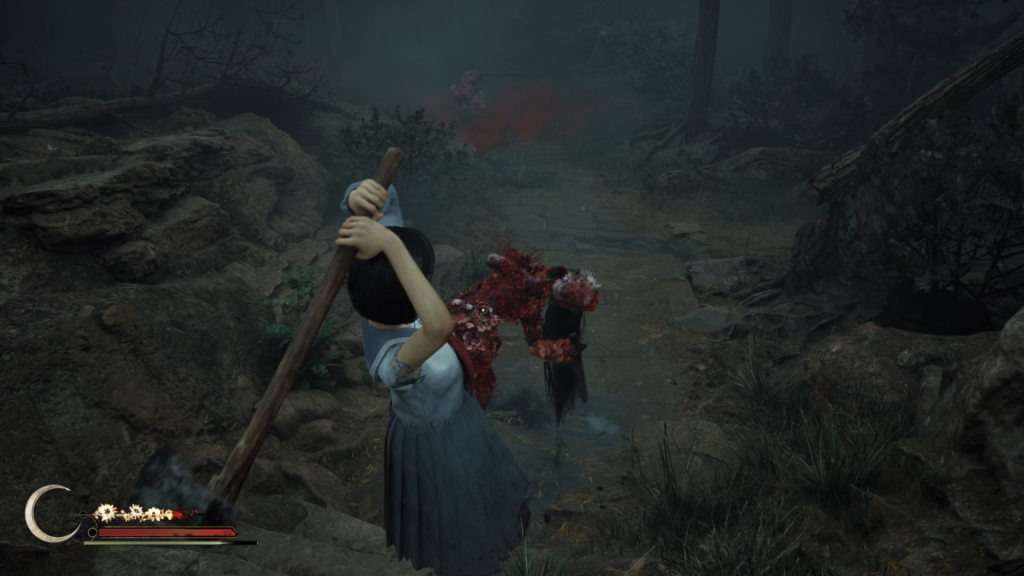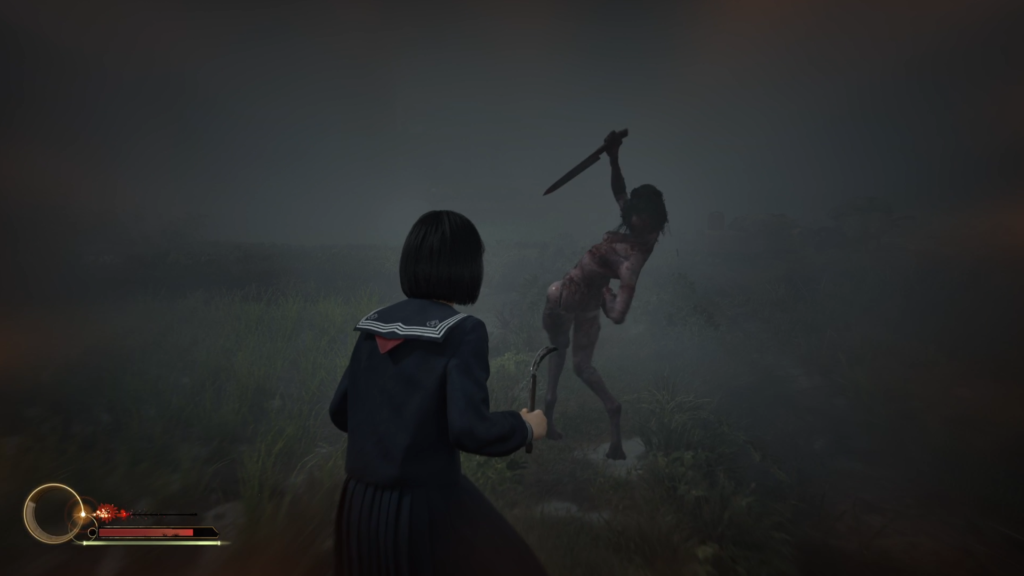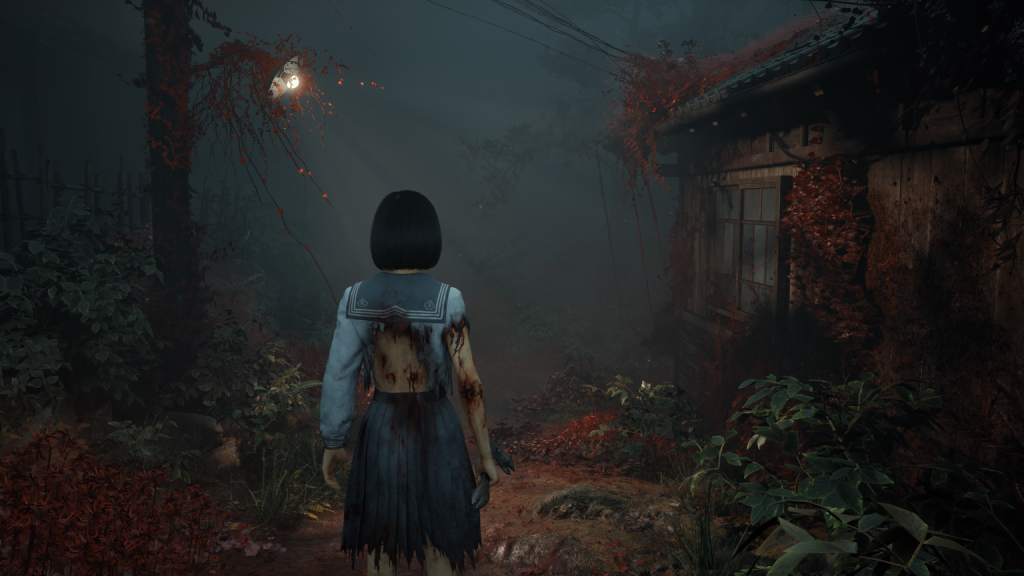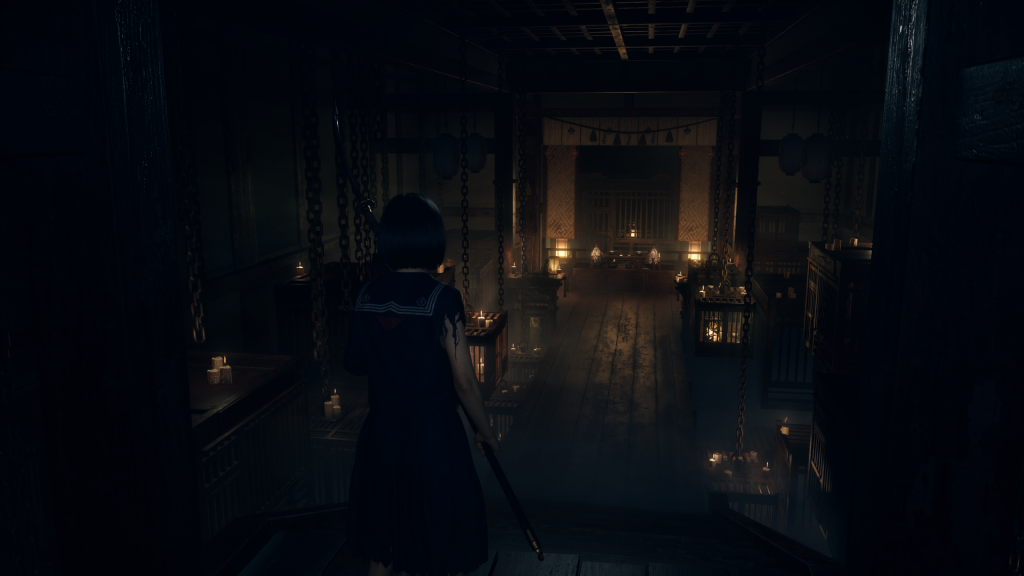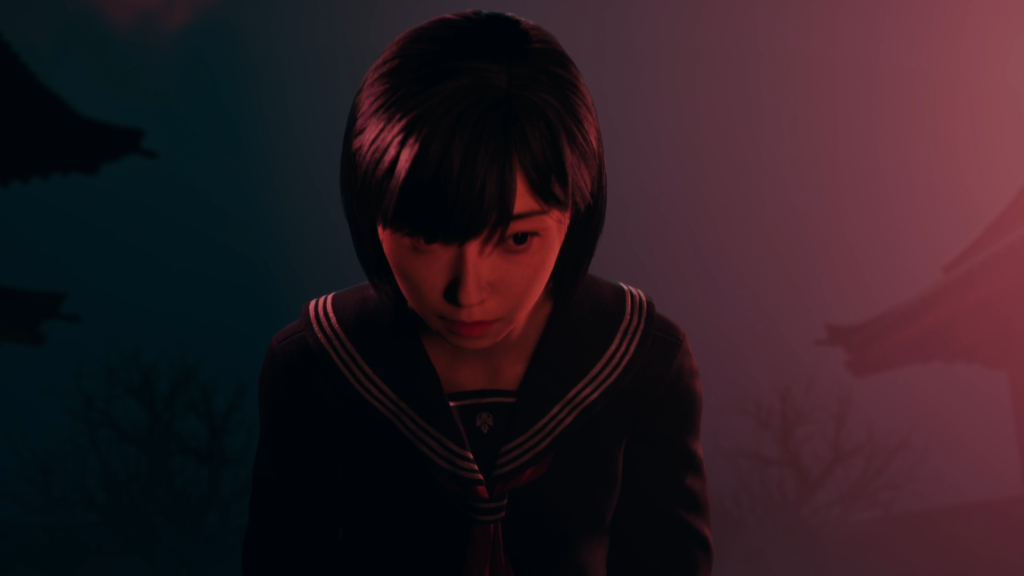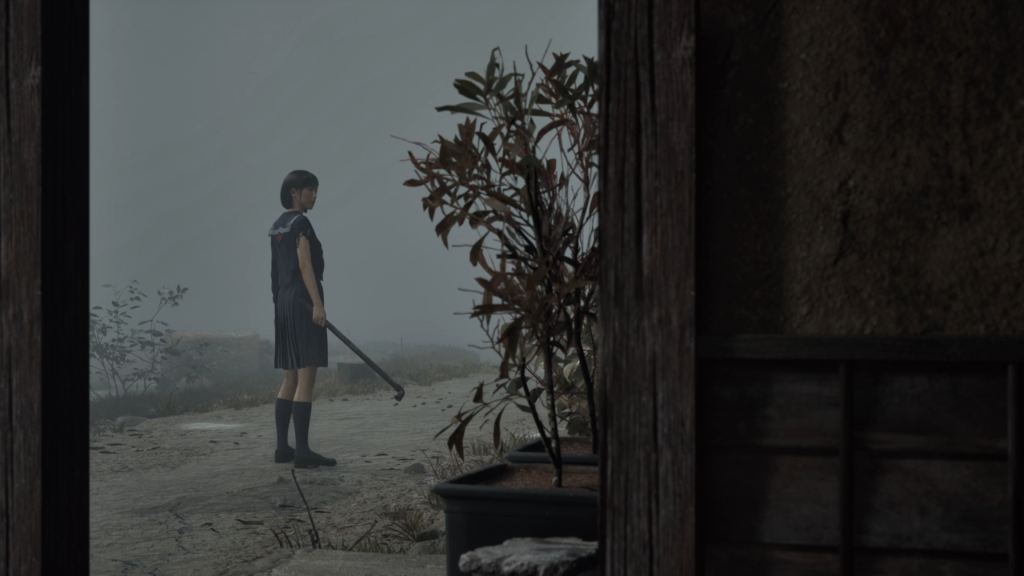Silent Hill f Review (PS5)
Summary: Silent Hill f plunges players into a chilling vision of 1960s Japan where beauty and horror intertwine in unsettling ways. Its slow-burn storytelling and haunting imagery build a sense of dread that lingers long after each encounter. More than just another entry, it feels like a bold reimagining of what Silent Hill can be.
4.1
Flourishing Fracture
Silent Hill f drags the series into unfamiliar soil, where blooming beauty and rotting horror grow hand in hand. Developed by NeoBards Entertainment and published by Konami, this new entry into survival and psychological horror launched on September 25th of 2025 for PlayStation 5, Xbox Series X|S, and PC. It arrives at a pivotal moment for the franchise. Bloober Team’s Silent Hill 2 Remake reinvigorated fan enthusiasm less than a year ago, while this game marks the first brand-new mainline Silent Hill since 2012’s divisive Downpour; some may go back further still to 2004’s The Room. With every new entry, the weight of Silent Hill’s legacy looms heavy, yet Silent Hill f dares to wander off the beaten path. The fog drifts from America to 1960s Japan, where action sharpens the edges of fear and folklore entwines with the scars of generational trauma. It stumbles at times, but its audacity makes it hauntingly unforgettable.
The story takes place in Ebisugaoka, a sleepy fishing village wrapped in the traditions and strict hierarchies of postwar Japan. Our protagonist, Hinako Shimizu, is a high school track star whose outspoken individuality clashes with her oppressive home life. After storming out to meet friends, a strange fog engulfs the town. What begins as a night of familiar and typical rebellion spirals into a descent through grotesque transformations, crumbling family structures, and an otherworld dripping with floral decay.
The narrative layers psychological horror with allegories about gender norms, medicine, and the collision of tradition and modernization. Some story beats that are coupled with disappearing characters, cryptic symbolism, and drawn-out monologues border on melodramatic and feel almost too on the nose. Still, the density of the writing rewards patience. Multiple playthroughs are practically required to grasp the full scope, as there are five endings and countless lore fragments tucked into notes and background details. The New Game+ system adds efficiency, with extra lore drops and altered encounters, though slogging through the nine-to-twelve-hour campaign multiple times can test even devoted fans’ stamina.
Structurally, Silent Hill f alternates between two distinct spaces. The floral infested and fog-shrouded streets of Ebisugaoka and the Dark Shrine, a surreal “otherworld” where ritualistic imagery twists reality. The formula of town exploration followed by sudden collapse into the Shrine works thematically, but grows repetitive halfway through. The transitions, often triggered by Hinako simply passing out, feel more like mechanical checkpoints than organic narrative shifts. It’s effective, but a little too transparent. I often wished I could explore more in these moments, as the stop-and-start pacing carves the game into obvious levels or chapters rather than allowing the world to flow as a natural, lived-in place.
Where past Silent Hill games leaned on disempowerment, Silent Hill f arms you with choices…a lot of them. Exploration yields food, drinks, pills, bandages, and tools, each serving dual purposes. Do you heal yourself immediately, or sacrifice that item at a Hokora shrine to gamble for Omamori charms and permanent upgrades? The resource management system is a constant risk-reward dance, and the tension it creates of never feeling quite secure with your decision, fits the series’ ethos in a different way.
Hokora shrines serve as the game’s hub mechanic. They allow you to save, restore sanity, and spend Faith (earned by sacrificing consumables) to upgrade Hinako’s health, stamina, or sanity, provided you’ve collected Ema tablets. Alternatively, you can draw random Omamori charms that grant buffs like slower weapon degradation, improved dodging, or better sanity recovery. Balancing short-term survival with long-term investment becomes one of the most satisfying parts of the game.
Combat is the most divisive change and will for sure split the fanbase. Silent Hill f shifts firmly into melee-focused action, with stamina management, dodge mechanics, and a sanity meter that adds layers of strategy. Weapons range from knives to axes to baseball bats, each with distinct light and heavy attacks. They degrade with use, forcing you to repair them with scarce toolkits or risk losing them entirely. This fragility makes every swing a decision. Do you waste durability on minor enemies, or save your weapon for the grotesque monstrosities lurking deeper in the fog? Choices like these are what makes the game so compelling to trudge through.
Stamina governs dodges, and perfectly timed dodges slow time, letting you counterattack in a stylish flourish. Focus Mode, powered by sanity, slows combat further and enables devastating counterstrikes, but taking hits during Focus reduces your maximum sanity. Lose all of your sanity and enemies begin dealing direct health damage. It’s a familiar system that links combat to psychological resilience, but it’s the first time Silent Hill has explored the idea with this much depth. Managing stamina, sanity, and weapon durability all at once creates tension, but also occasional frustration, especially when fighting multiple enemies in tight spaces. Plus, the horror thrills eventually lose their touch and it just becomes a full on action game.
Clunky moments break the flow. Dodging sometimes launches Hinako absurdly across the screen, and running animations stutter awkwardly when squeezing through environments. Combat is undeniably more engaging than older Silent Hill titles, but it doesn’t always feel smooth. Purists may balk at how action-heavy the game feels, but the strategic depth and resource juggling give battles an addicting, almost puzzle-like quality.
Puzzles return with adjustable difficulty settings independent from combat. They are straightforward on Story and sometimes a bit more obtuse on harder settings. Strangely, some puzzles actually feel harder on lower settings due to poorly tuned hints. While not as iconic as the piano puzzle of Silent Hill 1 or the riddles of 2, they provide welcome mental breaks from combat. Still, the necessity of multiple playthroughs to uncover every ending means repeating these sequences can drag.
Visually, Silent Hill f is one of the most striking entries in the series. The Unreal Engine 5 presentation is lush with detail with mist curling through empty streets, flowers and flesh blooming across buildings, and shrines glowing with eerie warmth. The contrast between decayed tradition and surreal beauty is mesmerizing. Character models impress as well, with subtle facial expressions and twisted mouths selling both terror and vulnerability. Performance, however, isn’t perfect. Quality mode suffers from frequent slowdowns, particularly in busier environments. The game is never unplayable and I never had any major hiccups, but these dips undermine the otherwise pristine presentation.
With Akira Yamaoka’s return, the soundtrack captures the essence of Silent Hill by being haunting, melancholic, and unsettlingly beautiful. The score weaves traditional Japanese instruments with the series’ trademark industrial undertones as well as some unsettling vocalizations, creating an atmosphere that feels both new and familiar. Environmental sound design heightens immersion: guttural enemy screeches pierce the silence, while even faint footsteps behind you send chills down your spine. Japanese voice acting is the definitive way to experience the game, bringing authenticity and emotional depth often missing in the English dub.
True to the franchise, everything in Silent Hill f carries meaning. Its imagery and design choices aren’t just for atmosphere; they reflect deeper themes of beauty, decay, and the weight of tradition. Ideas of family, identity, and societal pressure intertwine in symbolic ways, rewarding attentive players with layers of allegory throughout. At times the symbolism leans heavy-handed, and not every metaphor fully lands, but the ambition is undeniable. Some may be put off by shifts away from series conventions, yet this is still very much a Silent Hill game. While its themes are sometimes only touched on rather than fully explored, the mystery it leaves behind is what makes it linger after you put the controller down.
Final Thoughts?
Silent Hill f is not the Silent Hill of old. It’s creepier than it is terrifying and more strategic than it is oppressive. Its formula can feel exhausting, and its reliance on repetition means patience is required to fully appreciate it. Combat, while engaging, is occasionally clunky, and the pacing of story beats sometimes drags. Performance hiccups and melodramatic writing don’t help. And yet, despite all of this, the game is strangely addictive. Its blend of resource management, strategic combat, and layered storytelling creates a loop that’s hard to put down. It’s gorgeous, unsettling, and deeply symbolic, with a protagonist who feels refreshingly human. For longtime fans, it may feel too different and for newcomers, it may feel overwhelming, but for those willing to meet it halfway, Silent Hill f offers one of the most unique horror experiences in years. It’s not the series’ greatest masterpiece, but it is the boldest step Silent Hill has taken in decades. It’s a game with flaws that are hard to ignore, but also with moments of brilliance that will stay with you long after the flowers wither.


